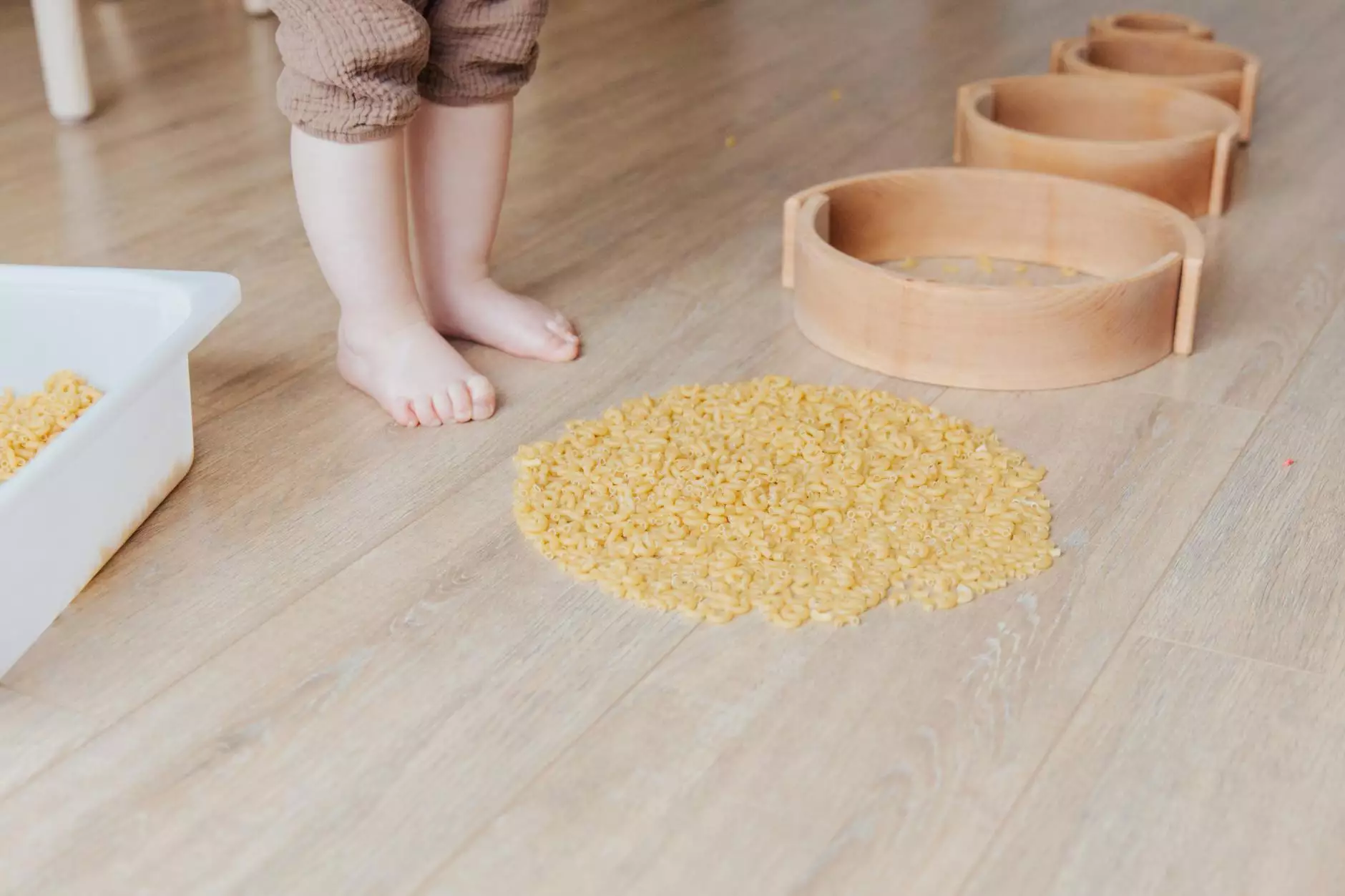Pediatric Foot and Ankle Specialist: Comprehensive Care for Children's Foot Health

Understanding the Role of a Pediatric Foot and Ankle Specialist
A pediatric foot and ankle specialist plays a crucial role in ensuring the optimal foot health of children from infancy through adolescence. With a specialized focus on the diagnostic and therapeutic needs of young patients, these experts address the unique structural and functional requirements of children's feet.
The feet of children undergo significant changes as they grow, making the expertise of a specialist essential for identifying and treating foot-related issues that can affect their overall development and mobility.
Why Pediatric Foot Health Matters
Foot health is often overlooked, yet it is essential for childhood development. Children are active, and their feet endure numerous stresses. Healthy foot development facilitates proper alignment, balance, and overall well-being. Ignoring foot problems in childhood can lead to long-term consequences in adulthood.
Some of the compelling reasons to prioritize pediatric foot health include:
- Prevention of Future Issues: Early intervention can prevent chronic pain and complications in adulthood.
- Injury Prevention: Proper diagnosis and treatment can prevent injuries related to sports and physical activities.
- Alignment and Posture: Healthy feet contribute to overall body alignment, affecting posture and movement.
- Quality of Life: Addressing foot issues can enhance a child’s ability to engage in activities and maintain an active lifestyle.
Common Conditions Treated by Pediatric Foot and Ankle Specialists
Children can experience a variety of foot and ankle conditions that require the expertise of a pediatric foot and ankle specialist. Understanding these conditions can help parents make informed decisions regarding their child’s foot health. Some of the most common conditions include:
1. Flat Feet (Pes Planus)
Flat feet are a common condition in children, marked by a lack of arch. While many children outgrow flat feet, some may require intervention if it causes pain or discomfort.
2. Heel Pain (Sever's Disease)
Often affecting active children, Sever's disease is characterized by heel pain resulting from inflammation of the growth plate in the heel bone.
3. Ingrown Toenails
Ingrown toenails occur when the edges of the toenails grow into the skin, leading to infection and pain. Treatment may involve trimming or removing the nail.
4. Bunions
Bunions are bony protrusions at the base of the big toe and can cause pain and mobility issues. Early intervention can prevent further complications.
5. Sports Injuries
With increased participation in sports, sports injuries such as fractures, sprains, and tendonitis have become prevalent among children, necessitating specialized care.
6. Overlapping Toes
Overlapping toes can lead to discomfort and calluses. Treatment may involve proper footwear or orthotic devices.
7. Foot Deformities
Congenital foot deformities, such as clubfoot, require early diagnosis and treatment to promote normal foot development. Pediatric specialists utilize various methods, including casting and surgery.
Your Child's Visit to a Pediatric Foot and Ankle Specialist
Parents might feel anxious about their child's first visit to a pediatric foot and ankle specialist. Here’s what to expect:
Initial Evaluation
During the first visit, the specialist will conduct a thorough examination, which may include:
- Health History Review: Discussing previous foot injuries, family history, and symptoms.
- Physical Examination: Evaluating foot structure, alignment, strength, and range of motion.
- Diagnostic Imaging: X-rays or other imaging tests may be necessary to assess underlying issues.
Customized Treatment Plan
Based on the evaluation, the specialist will develop a personalized treatment plan tailored to your child's needs. Treatment options may include:
- Orthotics: Custom-made shoe inserts to provide support and alignment.
- Physical Therapy: Exercises and treatments to improve strength and flexibility.
- Footwear Recommendations: Guidance on choosing appropriate shoes to prevent issues.
- Medication: Anti-inflammatory medications to relieve pain and swelling.
- Surgery: In some cases, surgical intervention may be necessary.
Preventative Care and At-Home Tips
Preventative care is key to maintaining your child's foot health. Here are some tips for parents:
- Choose Proper Footwear: Invest in well-fitting, supportive shoes appropriate for your child's activities.
- Monitor Foot Development: Pay attention to your child's foot growth and any signs of discomfort or pain.
- Encourage Foot Hygiene: Teach children to wash and dry their feet properly to prevent infections.
- Limit Time in Tight Shoes: Reduce the use of tight shoes or high heels, which can cause deformities.
- Engage in Regular Activity: Encourage physical activity to strengthen foot muscles and promote overall health.
Conclusion: The Importance of Pediatric Foot Health
A pediatric foot and ankle specialist is instrumental in ensuring the well-being and proper development of your child's feet. Early detection and treatment of foot conditions can greatly enhance their quality of life, enabling them to pursue their interests and activities without discomfort.
As a parent, being proactive about your child’s foot health by seeking specialist care when needed and promoting healthy foot practices at home can make a significant difference. Ultimately, healthy feet lead to happy, active children ready to embrace life’s adventures.
For comprehensive and expert foot care, consider consulting with a qualified pediatric foot and ankle specialist. Your child's feet deserve the best care!



